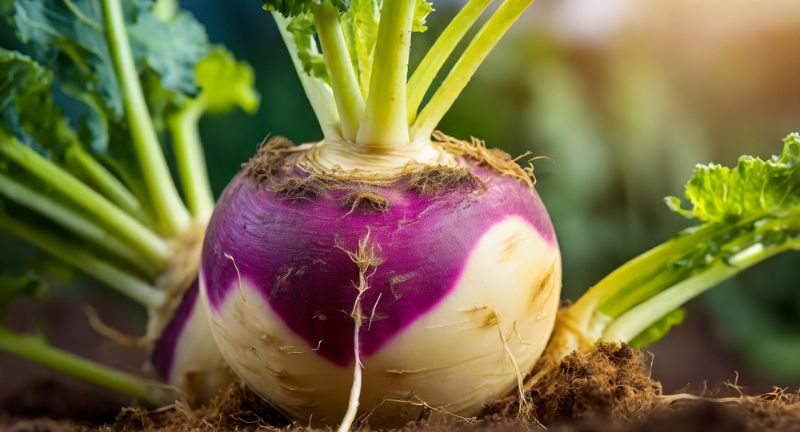
Shutterstock
Soup season is the perfect time to enjoy hearty, warming bowls of comfort filled with nutritious vegetables. Whether you’re making a classic broth or a rich, creamy soup, the right vegetables can add flavor, texture, and essential nutrients to your dish. From root vegetables like carrots and potatoes to leafy greens like spinach and kale, there are endless options to elevate your soups. These versatile vegetables can be used in a variety of combinations, creating delicious soups that satisfy on cold days. Let’s explore 26 vegetables that are ideal for adding to soups this season.
Carrots

Shutterstock
Carrots are a classic addition to soups, offering a mild sweetness that complements the savory flavors of broths and stews. Their firm texture holds up well during cooking, making them perfect for both chunky soups and creamy purees. Carrots are also packed with beta-carotene, a precursor to vitamin A, making them a nutritious choice. Whether sliced, diced, or pureed, carrots add a vibrant color and depth of flavor to any soup.
Celery
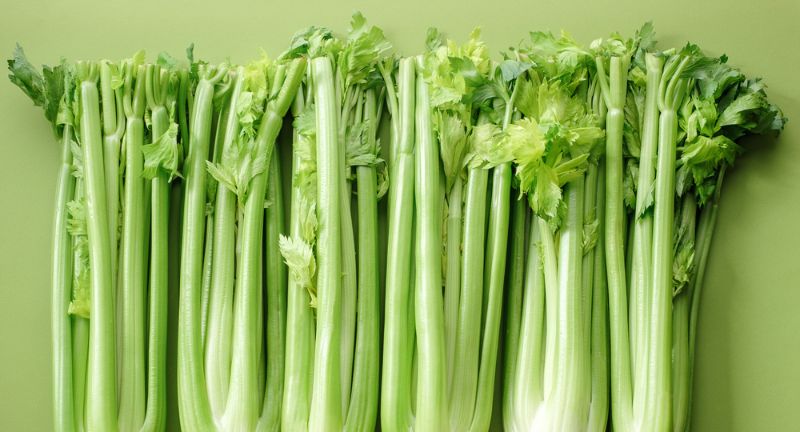
Shutterstock
Celery is a foundational ingredient in many soup recipes, providing a subtle, earthy flavor and a satisfying crunch. It’s often used in combination with onions and carrots, forming the base of soups like chicken noodle or vegetable broth. Celery adds depth to the flavor profile of soups while maintaining its texture even after long cooking times. Plus, it’s low in calories and a good source of dietary fiber.
Onions

Shutterstock
Onions are a must-have vegetable for almost any soup, contributing a rich and savory flavor base. Whether sautéed, caramelized, or cooked down in broth, onions bring out the best in other ingredients. They break down beautifully in soups, adding sweetness and complexity as they simmer. Onions are also incredibly versatile, fitting into everything from classic French onion soup to hearty stews.
Potatoes

Shutterstock
Potatoes are a staple in many soup recipes, adding heartiness and texture to dishes like chowders and creamy soups. Their starchy nature helps thicken the broth, making the soup more filling and satisfying. Potatoes also absorb the flavors of the other ingredients, making them an ideal addition to slow-cooked soups. Whether diced, mashed, or left chunky, they are a versatile choice for any soup season creation.
Leeks
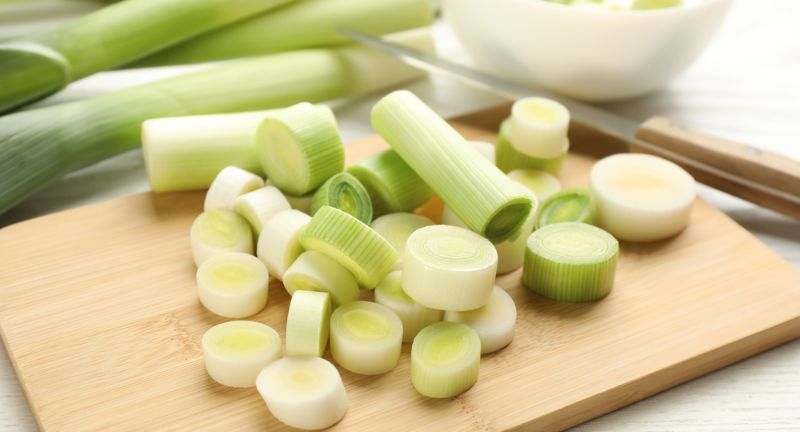
Shutterstock
Leeks offer a mild, onion-like flavor that becomes sweet and delicate when cooked, making them a great addition to soups. They are particularly popular in potato leek soup but can be used in a variety of broths and stews. Their soft texture blends well into soups, adding a smooth and creamy consistency without overpowering other ingredients. Leeks are also rich in vitamins A, C, and K, adding nutritional benefits to your dish.
Butternut Squash

Shutterstock
Butternut squash is a favorite in soups for its naturally sweet and nutty flavor, which pairs well with both savory and spicy ingredients. Its creamy texture makes it ideal for pureed soups, providing a rich, velvety base. Roasting the squash before adding it to your soup can enhance its flavor and add a hint of caramelization. Packed with fiber, potassium, and vitamins A and C, butternut squash is both delicious and nutritious.
Sweet Potatoes

Shutterstock
Sweet potatoes add a natural sweetness and vibrant color to soups, especially in heartier recipes like stews and chilis. Their creamy texture makes them perfect for blending into soups, giving them a smooth, rich consistency. Sweet potatoes are also loaded with vitamins A and C, as well as fiber, making them a healthy addition to any soup. They pair well with spices like cinnamon, cumin, and paprika, creating a warm, comforting dish for cold weather.
Spinach
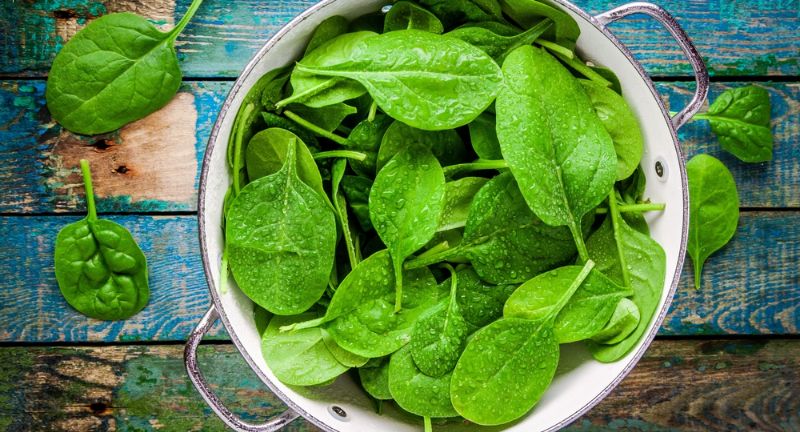
Shutterstock
Spinach is a leafy green that works wonderfully in soups, wilting quickly and adding a boost of nutrients without overpowering the flavor. It’s often used in brothy soups like minestrone or Italian wedding soup, where its mild taste complements the other ingredients. Spinach is high in iron, calcium, and vitamins A and C, making it a nutritious choice. Adding spinach toward the end of the cooking process ensures it retains its bright green color and soft texture.
Kale

Shutterstock
Kale is a hardy green that stands up well in soups, retaining its texture and flavor even after long cooking times. It adds a slightly bitter, earthy flavor that balances well with rich broths and hearty ingredients like beans or sausage. Kale is also a nutritional powerhouse, packed with fiber, antioxidants, and vitamins K and C. Whether chopped finely or torn into larger pieces, kale can elevate your soup with its robust flavor and health benefits.
Tomatoes
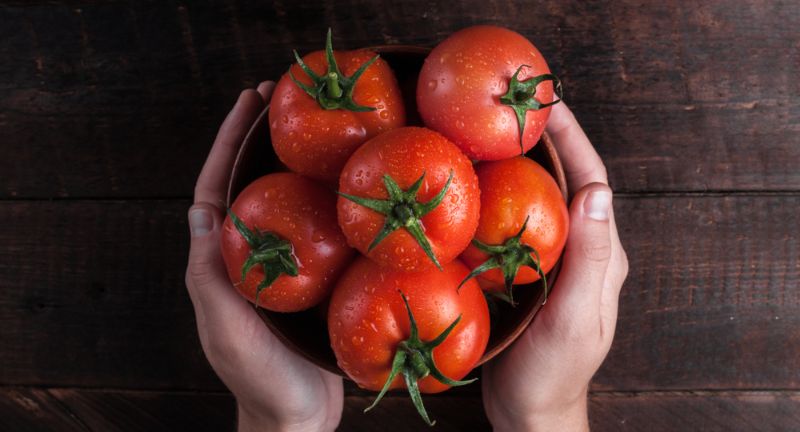
Shutterstock
Tomatoes are a versatile addition to soups, offering a tangy, slightly sweet flavor that works well in both creamy and brothy varieties. Whether you’re making a classic tomato soup or adding them to vegetable or minestrone soup, tomatoes provide a rich, savory base. Fresh, canned, or roasted, they bring a depth of flavor that complements other vegetables and spices. Tomatoes are also high in vitamins C and K, along with antioxidants like lycopene.
Parsnips
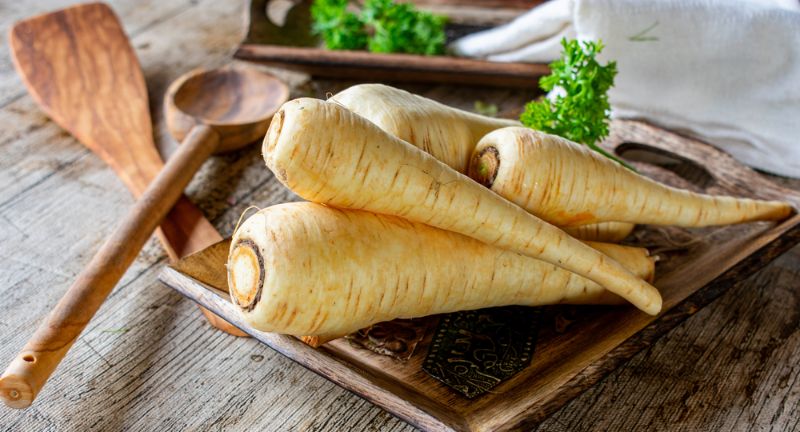
Shutterstock
Parsnips are root vegetables that add a slightly sweet, nutty flavor to soups, making them a great alternative or complement to carrots and potatoes. Their texture softens as they cook, making them perfect for purees or chunky vegetable soups. Parsnips are rich in fiber, potassium, and vitamin C, adding nutritional value to your dish. Their earthy flavor pairs well with herbs like thyme and rosemary, creating a warm, comforting soup.
Turnips

Shutterstock
Turnips add a mildly peppery and slightly sweet flavor to soups, making them an interesting addition to broths and stews. Their firm texture holds up well during cooking, adding a hearty bite to vegetable soups. Turnips are low in calories and high in fiber, making them a healthy choice for adding bulk without adding too many calories. They pair well with root vegetables like carrots and parsnips and add depth to both vegetarian and meat-based soups.
Cauliflower
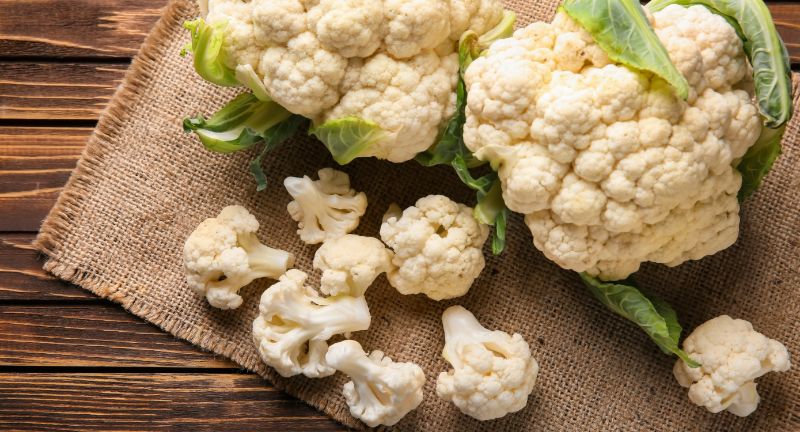
Shutterstock
Cauliflower is a versatile vegetable that works well in both creamy and chunky soups. Its mild flavor makes it a great base for purees, while its florets can add texture to heartier soups. Roasting cauliflower before adding it to your soup can enhance its flavor, bringing out a subtle sweetness. Cauliflower is also a low-carb option that’s rich in vitamins C and K, making it a nutritious and delicious addition to soups.
Cabbage

Shutterstock
Cabbage adds a subtle sweetness and a hearty texture to soups, especially in brothy, vegetable-based recipes like cabbage soup or borscht. As it cooks down, cabbage becomes tender and melds well with other ingredients, absorbing the flavors of the broth. It’s low in calories and high in vitamin C, making it a nutritious addition to your soup. Whether you’re using green, red, or savoy cabbage, this vegetable adds bulk and flavor to any pot.
Zucchini
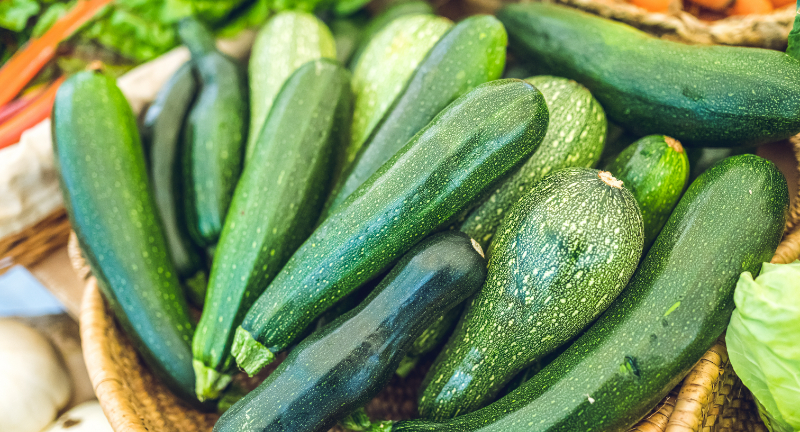
Shutterstock
Zucchini is a light, tender vegetable that works well in a variety of soups, from brothy vegetable soups to heartier stews. It absorbs the flavors of the broth and other ingredients, while maintaining a soft, delicate texture. Zucchini is low in calories and packed with nutrients like vitamin C and potassium, making it a healthy addition to soups. Its mild flavor makes it versatile enough to pair with a variety of spices and vegetables.
Peas
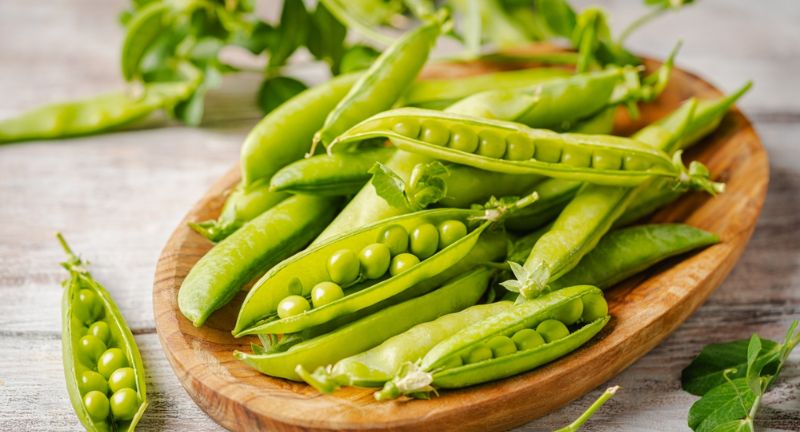
Shutterstock
Peas are a sweet and tender addition to soups, adding a pop of color and a burst of flavor to dishes like split pea soup or minestrone. They cook quickly and maintain their shape, providing texture without becoming mushy. Peas are also a great source of plant-based protein, fiber, and vitamins A and C. Whether fresh or frozen, peas add both flavor and nutritional value to any soup recipe.
Green Beans
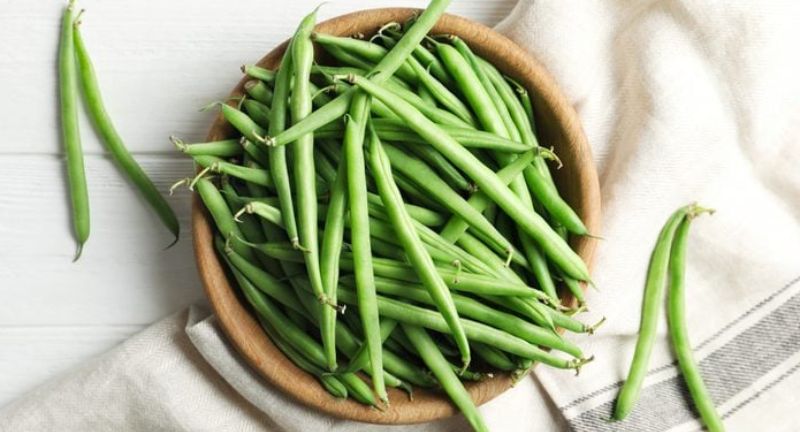
Getty Images
Green beans add a crisp, slightly sweet flavor to soups and stews, providing both texture and color. They hold up well during cooking, maintaining a slight crunch even after simmering in broth. Green beans are rich in vitamins A, C, and K, making them a healthy addition to your soup. Whether chopped into smaller pieces or added whole, green beans complement a wide variety of other vegetables in soups.
Mushrooms
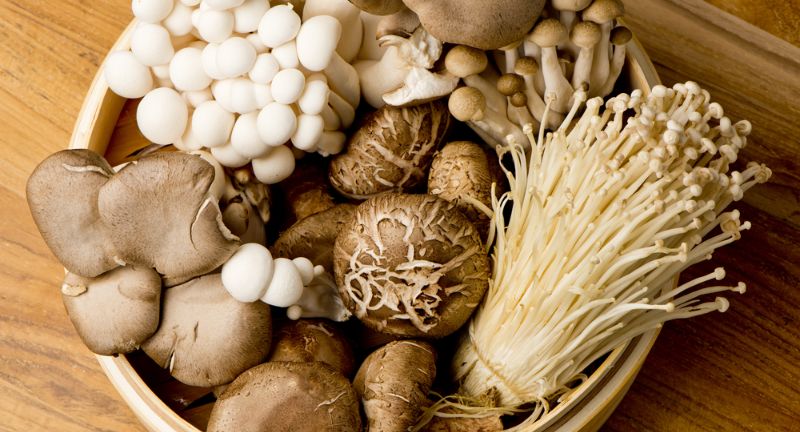
Shutterstock
Mushrooms add a rich, earthy flavor to soups, enhancing broths with their umami depth. They absorb the flavors of the soup while releasing their own savory essence, making them ideal for both clear broths and creamy soups. Mushrooms also provide a meaty texture, making them a great option for vegetarian or vegan soups. With varieties like cremini, shiitake, or button mushrooms, they bring both flavor and texture to any soup recipe.
Fennel

Shutterstock
Fennel adds a subtle licorice-like flavor to soups, which mellows and becomes sweeter as it cooks. It’s a great addition to seafood soups, vegetable broths, or creamy soups where it complements a wide range of flavors. Fennel’s crisp texture softens during cooking, adding both flavor and body to the soup. It’s also a good source of fiber, potassium, and vitamin C, adding a nutritional boost to your dish.
Beets
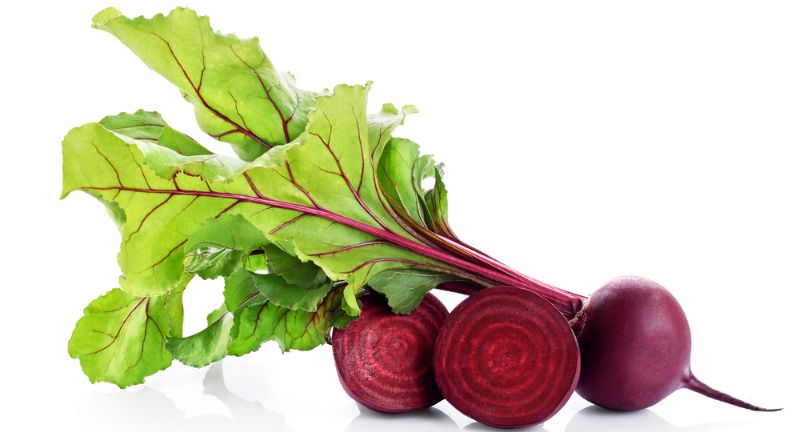
Shutterstock
Beets add an earthy sweetness and a striking color to soups, particularly in traditional dishes like borscht. Their natural sweetness balances well with savory broths, while their vibrant red hue makes the dish visually appealing. Beets are also rich in nutrients like fiber, folate, and antioxidants, making them a healthy addition to your soup. They work well in both creamy purees and chunky vegetable soups, adding depth of flavor and texture.
Broccoli
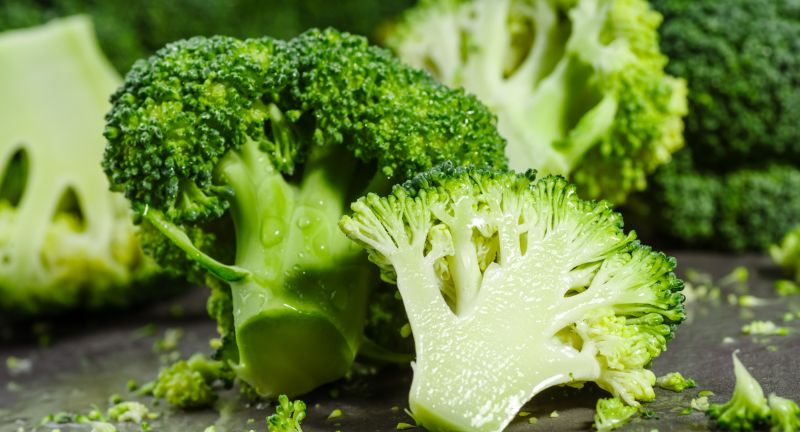
Shutterstock
Broccoli is a great addition to soups, whether as a feature in creamy broccoli cheddar soup or as part of a vegetable medley in brothy soups. It adds a mild, slightly bitter flavor that works well with both rich and light broths. Broccoli is also high in vitamins C and K, as well as fiber, making it a nutritious choice. Its florets break down slightly in soups, creating a soft texture that blends well with other ingredients.
Bell Peppers
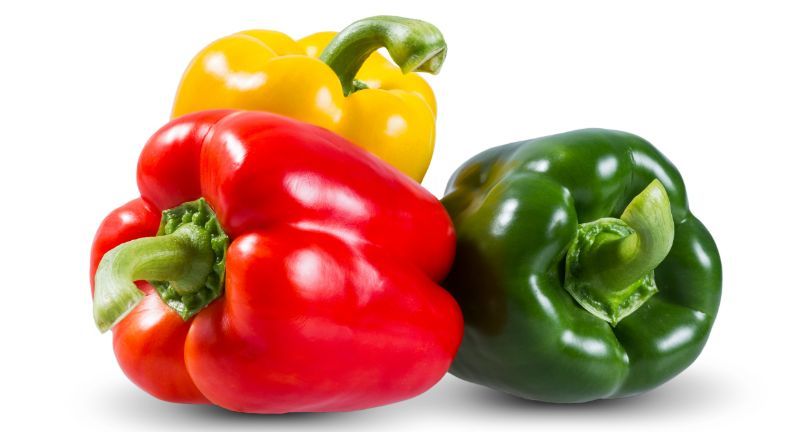
Shutterstock
Bell peppers bring a sweet, mild flavor to soups, along with a pop of color that brightens up any dish. They can be used in a variety of soups, from vegetable broths to hearty stews, adding a subtle sweetness and crunchy texture. Red, yellow, and orange bell peppers are particularly rich in vitamins A and C, providing both flavor and nutrition. Roasting the peppers before adding them to your soup can enhance their sweetness and deepen their flavor.
Corn

Shutterstock
Corn adds a sweet, crunchy element to soups, especially in chowders and vegetable-based broths. Whether using fresh, frozen, or canned corn, it brings a burst of sweetness that balances savory flavors. Corn is rich in fiber and provides a satisfying texture in both creamy and brothy soups. Its versatility allows it to pair well with a variety of ingredients, making it a go-to vegetable for soup lovers.
Brussels Sprouts
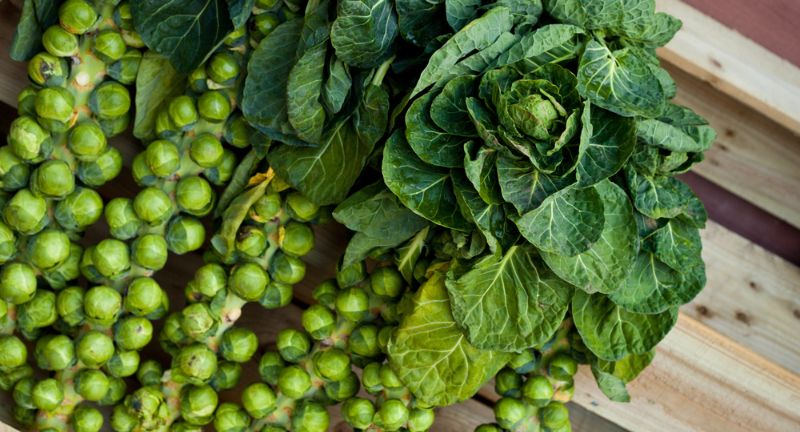
Shutterstock[/caption]
Shutterstock
Brussels sprouts may not be the first vegetable you think of for soup, but they bring a unique, slightly bitter flavor that pairs well with hearty broths. When chopped and simmered, they become tender, adding depth and texture to vegetable soups or stews. They are also packed with fiber, vitamins C and K, and antioxidants, making them a nutritious choice. Their bold flavor complements root vegetables and proteins like sausage or bacon.
Asparagus

Shutterstock
Asparagus adds a fresh, slightly grassy flavor to soups, making it a great choice for lighter broths and creamy vegetable soups. Its tender stalks cook quickly and provide a delicate texture that blends well with other vegetables. Asparagus is also a good source of vitamins A, C, and K, along with fiber and folate. Adding asparagus near the end of cooking preserves its vibrant green color and ensures it retains its slight crunch.
Conclusion

Shutterstock
As the temperatures drop, nothing beats the comfort of a warm bowl of soup filled with nutritious vegetables. From hearty root vegetables to vibrant leafy greens, these 26 ingredients can transform any soup into a satisfying, flavorful meal. By experimenting with different combinations, you can create endless variations that cater to your taste and nutritional needs. Whether you prefer a creamy, blended soup or a chunky, brothy one, these vegetables will add depth and richness to every spoonful. So, stock up on your favorite veggies and embrace the cozy, delicious world of soup season.
























 Shutterstock[/caption]
Shutterstock[/caption]



























